Searching for smaller, niche music festivals where the bathroom lines are shorter? Andrew Madigan shares five of his favorites.
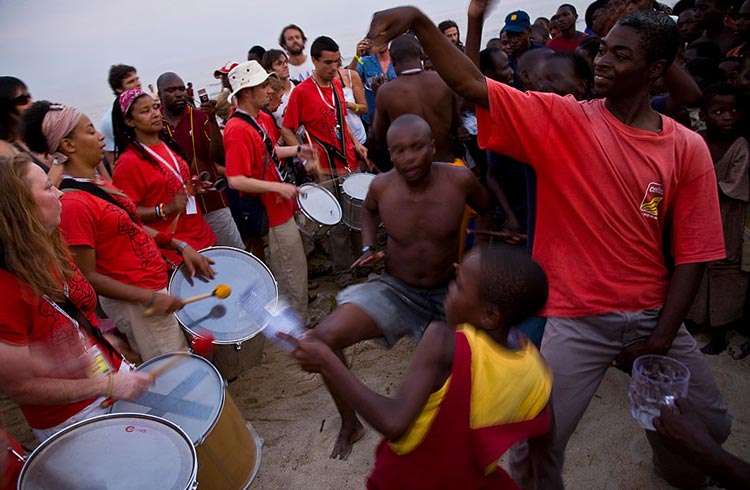 Photo © Getty Images/Christopher Pillitz
Photo © Getty Images/Christopher Pillitz
I have just turned 50, but still manage to see about 15 concerts a year. My first was the alt-rock HFStival in 1990 at Lake Fairfax, Virginia, just a few miles from where I live now. I’ve been to more than 50 festivals since then – spanning New York, San Francisco, Asia, Europe, the Middle East – but the thrill is the same.
I especially enjoy smaller, niche festivals in remote places because there’s a sense of mystery and adventure – anything can happen – and, let’s face it, the bathroom lines are shorter. Here are some of my lesser-known favorites.
- The Festival Internacional de Benicàssim, Spain
- Fuji Rock, Japan
- Oslo World Music Festival, Norway
- Lake of Stars Festival, Lake Malawi
- Pa’l Norte, Northern Mexico
1. The Festival Internacional de Benicàssim, Spain
Benicàssim – usually called FIB or Beni – takes places every July in the seaside town of Benicàssim. The focus is indie music, though pop, electronica, hip-hop, mainstream rock and DJs are also featured, in addition to art, fashion and film.
Although festival-goers come in all ages, from young families to rockin’ seniors, the mean age is about 22 and they’re ready to party all night. The vibe is positive and exuberant. Bands play through the night on four stages, but if you want a more relaxed atmosphere the beach is only a few minutes away. The town is charming, though fairly touristy, with plenty of shops, bars and restaurants.
The festival site is open for nine days, although live acts are only staged for half that time. You want to get there early for a prime camping spot unless you have accommodation in town. It’s not hard to find shade, coin lockers, food, a free toilet or shower at this festival.
The best thing about Benicàssim? The weather. This isn’t Glastonbury or Reading; you won’t be slogging through the mud in your wellies. At Beni you can expect sunshine and clear skies.
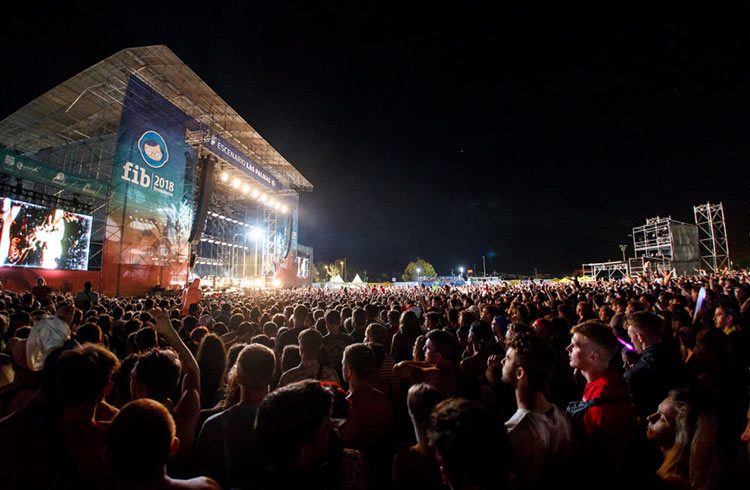
Trip Notes
Dates: July 18–21 in 2019.
Getting there: Benicàssim is a coastal resort between Barcelona and Valencia, 7mi (12km) north of Castellón. The closest airports are Castellón, Valencia, Reus, Alicante, and Barcelona. Beni offers official transfers from these airports directly to the festival grounds. Unofficial transfers, they warn, will not drop you at the main entrance. The festival is also accessible by train, bus or taxi, and there’s a dedicated area for caravans (early bird four-day passes are US $140).
Accommodation: Beni has its own campsite, Campfest, free with a festival ticket. VIP(-ish) options are available for those who want to splurge on upscale camping. Most people camp or caravan, though there are plenty of nearby hotels, hostels and B&Bs.
What to pack: A water bottle or two, industrial-size sunscreen, bathing suit, small bag for the festival area (30cm h x 21cm w x 8cm d), a mountain bike to enjoy the scenic, rugged trails.
2. Fuji Rock, Japan
Fuji Rock hosts more than 200 acts from Japan, mainland Asia, Europe and the US. Set 6,000ft (1,800m) up at the Naeba Ski Resort in Niigata, 110mi (180km) northwest of Tokyo, this is a stunning location. It’s summertime, so the hills are covered in green grass and flowers, not frigid snow.
The bad news is that the festival encompasses a sprawling area with long walks between facilities, attractions and 13 music stages. But that’s also the good news. You can hike through the forest on well-maintained paths, wade in streams, even dive into a river. If you get tired, Dragondola, one of the world’s longest gondola lifts, will carry you high above the festival with spectacular views of the people, the mountains, surrounding ski resorts, and the town squatting below.
Oh yeah, and there’s music. Rock, rap, electronic, ambient, J-pop, J-rock, singer-songwriters. Up-and-comers like Bob Dylan stopped by in 2018. After the main site closes for the evening, the Oasis international food court stays open and, at the Red Marquee, a rave keeps going until 5am.
The best parts? A party the night before the festival opens, with Japanese folk dances, prizes, fireworks, food and drinks; delicious sushi stalls provide the energy for all-night dancing; sleeping great in the cool mountain air.

Trip Notes
Dates: July 26–28 in 2019.
Getting there: Niigata is the closest international airport, but you’ll probably fly into Tokyo. There’s a free shuttlebus from the JR Echigo-Yuzawa station on the Joetsu Shinkansen line. To get here, take a train from Tokyo Station (90 minutes). Other bus, train and taxi options are available. If you drive, a parking pass must be purchased ahead of time. Getting a cab home is extremely difficult – arrange for a ride in advance.
Accommodation: There are a number of hotels, inns and family-operated B&Bs on the mountain, some within walking distance to the festival, but they can be expensive. They also sell out well in advance, so book early. There are lodgings available in nearby towns. Camping at the festival site (US $30) is the cheapest option, which also puts you closer to the action. Get there early, as the prime, flat spots go fast.
What to pack: Toilet paper, rain gear, extra towels, portable battery pack, warmer clothes for cool nights.
3. Oslo World Music Festival, Norway
This isn’t your basic music festival. Last year, Oslo WMF featured Fatoumata Diawara, a Malian singer-songwriter, and Ibeyi, French-Cuban twins who sing in Spanish, English, French and Yoruba fusing jazz beats with traditional instrumentation. The festival also had French-Algerian rock, South African “future ghetto punk,” Syrian-German electronic Slow House, Colombian psychedelic pop mixed with Tropicalia, and many other eclectic, sometimes undefinable genres.
The event runs for six days and includes a number of workshops and panel discussions related to cultural exchange with a focus on Latin America, Asia and Africa.
Scheduled for late autumn expect temperatures to be around 40F (0-5C). But don’t buy arctic camping gear just yet – there’s no dedicated outdoor space. Instead, the shows are scattered across the city at indoor venues. While you don’t get the sense of a festival tribe eating, sleeping and dancing together, you do get to see the whole city rather than just one of its empty fields. In fact, this is what makes the festival great. Tramping through the streets looking for that next concert, you get to truly experience Oslo and its wonderful people.
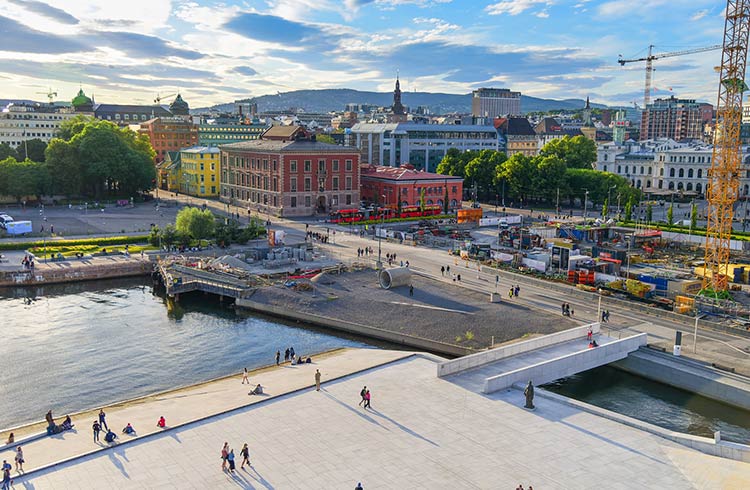
Trip Notes
Dates: October 29 – November 3 in 2019.
Getting there: Fly into Oslo Airport, 22mi (35km) northeast of the city. From here, take a 50-minute drive or 25mi (40km) train ride to Oslo Central Station.
Accommodation: The venues are downtown so pick one of the city’s many hotels, rental flats or Airbnb’s. Camping or sleeping rough is not recommended, though there are a few caravan sites nearby.
What to pack: Warm clothes, sturdy boots, extra money for a cab fare (and because Oslo is expensive).
4. Lake of Stars Festival, Lake Malawi
Malawi is a small African country with a small population. It’s landlocked, not easy to access, and quite hot during autumn when this festival takes place. But, if you have the guts to travel here, you’re in for a wonderful experience. The festival takes place on the shores of Lake Malawi, a freshwater lake so big it covers a third of the country.
Lake of Stars offers jazz, hip-hop, indie, reggae, EDM, traditional Malawian music, local and regional acts, emerging artists, and (a few) global superstars. Performers have included Young Fathers, Major Lazer, Foals, African Boy, Bombay Bicycle Club, MistaJam and Overton Longwe. The festival also features a number of non-musical events and activities including martial arts, theater, art, poetry and even tug-of-war.
Aside from the festival, there’s diving, snorkeling, sailing, horseriding, and beautiful beaches. There are also loads of vendors selling local goods and food, which is cheap, simple and delicious. I recommend trying mandasi (sweet fried dough) and chibuku (maize beer).
The festival is small – expect around 5,000 people – and intimate, but the people and atmosphere are incredibly invigorating. You won’t find the massive crush of bodies, litter and bad behavior that can blight larger festivals, though sometimes a crocodile will eyeball you suspiciously from the water’s edge.
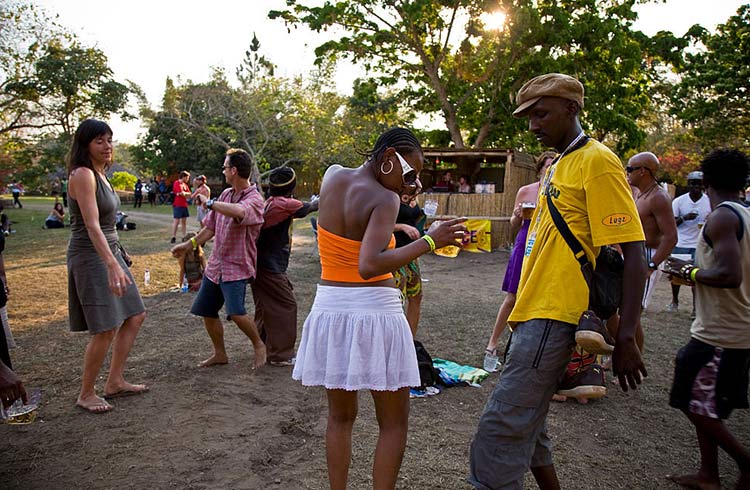
Trip Notes
Dates: September 27–29 in 2019.
Getting there: Fly into the capital city, Lilongwe. From here it’s a two-hour car or bus ride to the festival. If you drive, there’s parking within walking distance.
Accommodation: There are a number of hotels and resorts in the area. You can also camp at the festival itself – bring your own gear or hire a pre-erected tent.
What to pack: Sunscreen, hat, bathing suit, modest clothing for visits to rural areas, medication to prevent or treat malaria and other local illnesses, cash (ATMs are scarce, credit cards aren’t always accepted).
5. Pa’l Norte, Northern Mexico
Pa’l Norte feels like a playground for grown-ups – it’s held at a public park with baseball fields, a ferris wheel and paddle boats. The vibe is energetic and fun with eight stages, 100+ bands, and 27 hours of music over two days. The rocks bands seem to rock that much harder, the hip-hop is grittier, the pop and techno will make you want to dance more furiously.
The festival is also dedicated to art and norteño culture but, make no mistake, music is the big draw. The 2019 line-up includes Arctic Monkeys, Caligaris, Kings of Leon, the 1975, Little Jesus, the Hives and Carlos Santana.
When you need a break from the entertainment, head to Kermesse, a sprawling area with carnival games and other activities, or Pa’la Botana, a food court that serves international food with a focus on local dishes.
The area of Monterrey is hot and dry, but there are plenty of hydration stations to keep you going. Despite having more than 100,000 attendees, Pa’l Norte has enough open space to let you breathe. After the music stops, check out Monterrey, an old city with beautiful architecture, a vibrant art scene, and great nightlife.
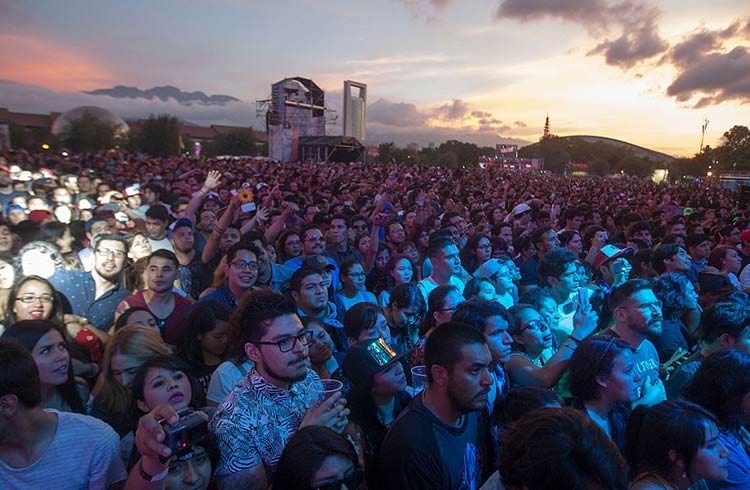
Trip Notes
Dates: March 22–23 in 2019.
Getting there: Fly into Monterrey International Airport. Get an inexpensive cab or bus 19 mi (30 km) southwest to Parque Fundidora. There’s parking at the site, but spaces are limited.
Accommodation: Monterrey is a big city of with plenty of options. The Zona Rosa neighborhood, in central Monterrey, is a good bet for reasonably-priced accommodation.
What to pack: Sunglasses, hand sanitizer (60ml or smaller), earplugs (for those not prepared to rock very hard, or who don’t want to lose their hearing).
Related articles
Simple and flexible travel insurance
You can buy at home or while traveling, and claim online from anywhere in the world. With 150+ adventure activities covered and 24/7 emergency assistance.
Get a quote
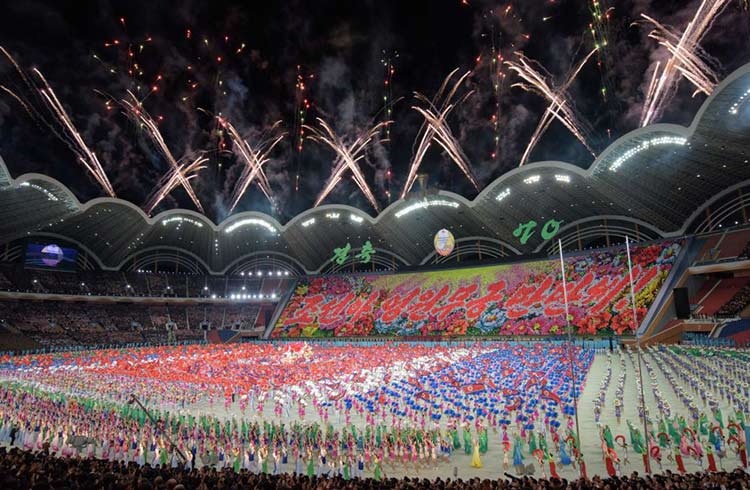
No Comments